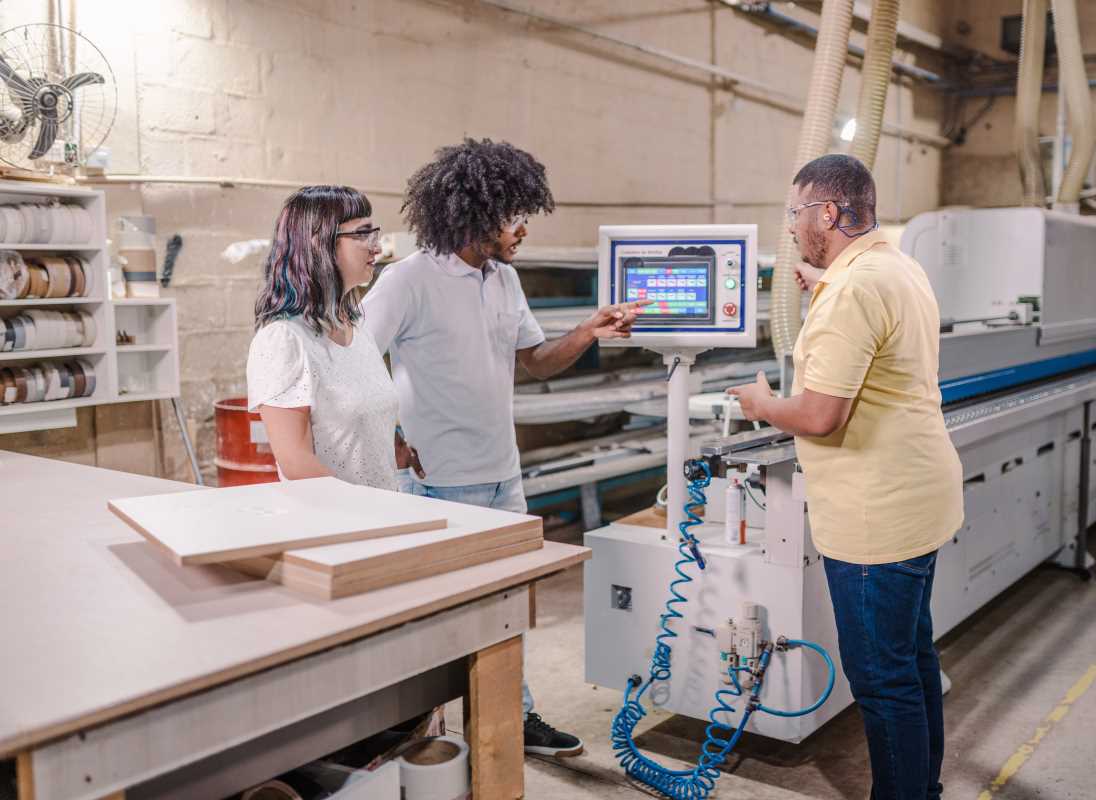For centuries, the image of education has been a familiar one: a brick-and-mortar school, a classroom filled with desks, and a teacher standing at the front. This traditional model has served us well, but the world is changing, and so is the way we learn. Online learning, once seen as a niche alternative, has moved into the mainstream and is rapidly becoming a cornerstone of modern education. It’s no longer just about taking a single course from a distance; it’s about a fundamental shift in how we access knowledge and develop skills. From K-12 classrooms to university degrees and professional development, digital education is breaking down old barriers and creating a more flexible, accessible, and personalized learning experience. This isn't just a temporary trend; it’s the future of education unfolding before our eyes.
Breaking Down the Walls of the Classroom
One of the most powerful aspects of online learning is its ability to remove geographic barriers. In a traditional model, your educational opportunities are often limited by where you live. If the best program for your career goals is halfway across the country, you would have to uproot your entire life to attend. Online learning changes that completely.
Now, a student in a small rural town can take a coding class taught by an engineer from Silicon Valley. A working parent in the city can pursue a master's degree from a prestigious university thousands of miles away without leaving their job or family. This democratization of education means that access to high-quality instruction is no longer a privilege reserved for those who can afford to live in certain locations. It opens up a world of knowledge to anyone with an internet connection, creating a more equitable and diverse learning environment for all.
Flexibility: Learning on Your Own Terms
Perhaps the biggest advantage of online learning is its incredible flexibility. Life is busy and often unpredictable. A traditional school schedule, with its rigid class times, doesn't always work for people juggling jobs, family responsibilities, or other commitments. Online education is designed to fit into your life, not the other way around.
Most online programs use an asynchronous learning model. This means that lectures are pre-recorded and course materials are available 24/7. You don't have to be logged in at a specific time. You have the freedom to watch lectures, complete readings, and work on assignments whenever it’s most convenient for you—whether that’s early in the morning, during your lunch break, or late at night. This level of control allows you to learn at your own pace. If you grasp a concept quickly, you can move ahead. If you need more time to review a difficult topic, you can re-watch lectures and spend extra time on the material without feeling rushed. This personalized pacing leads to a deeper and more lasting understanding of the subject matter.
A More Accessible and Affordable Path
The cost of education is a major concern for many people. When you factor in tuition, housing, transportation, and materials, a traditional degree can lead to a significant amount of debt. Online learning offers a much more affordable alternative.
First, tuition for online programs is often lower than for their on-campus counterparts. Because universities don't have to provide physical classroom space, they can pass those savings on to students. Second, you eliminate many of the associated costs. You don't have to pay for a dorm room, a meal plan, or a daily commute. Many digital course materials are also provided for free or at a lower cost than traditional textbooks. This reduced financial burden makes education accessible to a wider range of people and allows students to graduate with less debt, giving them a stronger financial start to their careers.
Developing the Skills for the Modern World
Beyond the subject matter itself, online learning helps students develop a set of skills that are essential for success in the 21st-century workplace. The modern world is increasingly remote and digital, and being a successful online student prepares you for that reality.
To thrive in an online environment, you have to be self-motivated, disciplined, and organized. You are responsible for managing your own time and meeting deadlines without a teacher physically looking over your shoulder. These self-management skills are incredibly valuable to employers. Furthermore, online learning requires strong digital literacy. You become comfortable communicating through email, participating in discussion forums, collaborating on projects using digital tools, and navigating various online platforms. In a world where many jobs involve remote work and digital collaboration, these are no longer "soft skills"—they are core professional competencies.
A Rich and Diverse Learning Experience
A common misconception about online learning is that it is an isolating and impersonal experience. While it is different from a face-to-face classroom, a well-designed online program can be just as engaging and collaborative, if not more so.
Online discussion boards often allow for more thoughtful and in-depth conversations than a fast-paced classroom discussion, giving shyer students a better chance to voice their opinions. Video conferencing tools allow for virtual study groups and one-on-one meetings with professors. Digital collaboration platforms like Slack or Microsoft Teams enable students to work on group projects together seamlessly, no matter where they are located. This digital interaction exposes you to a more diverse group of peers from different backgrounds, cultures, and geographic locations, enriching the learning experience with a wider range of perspectives.
 (Image via
(Image via





